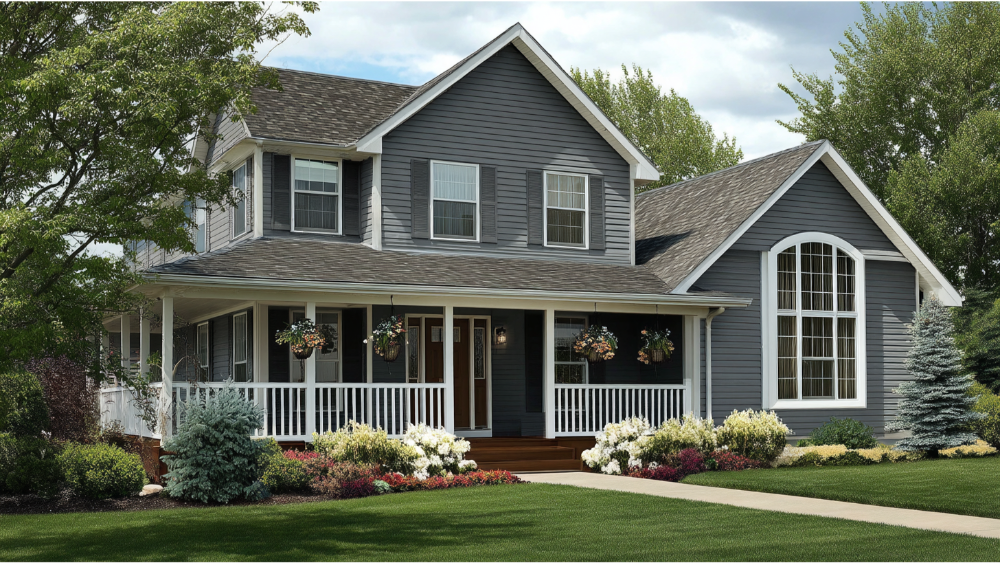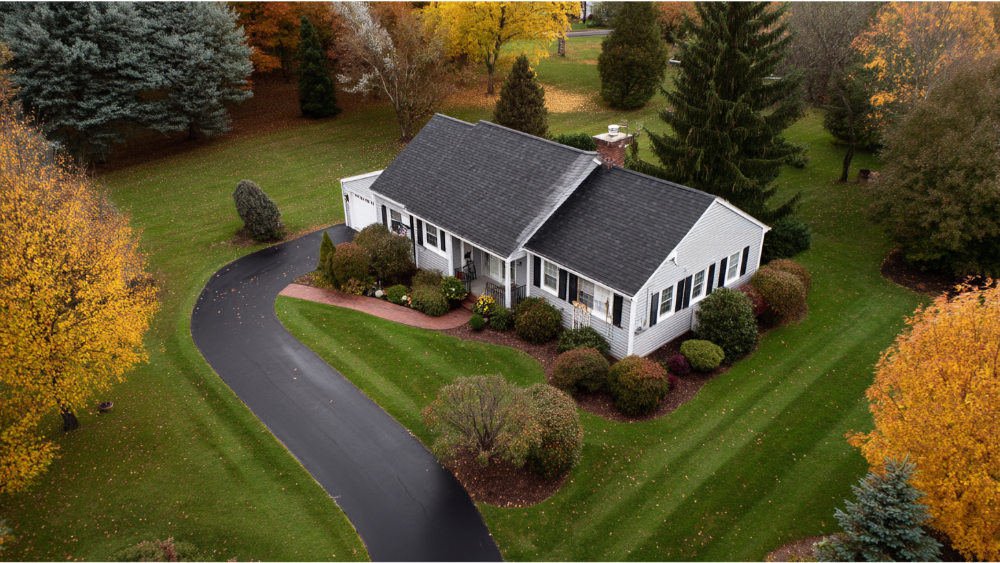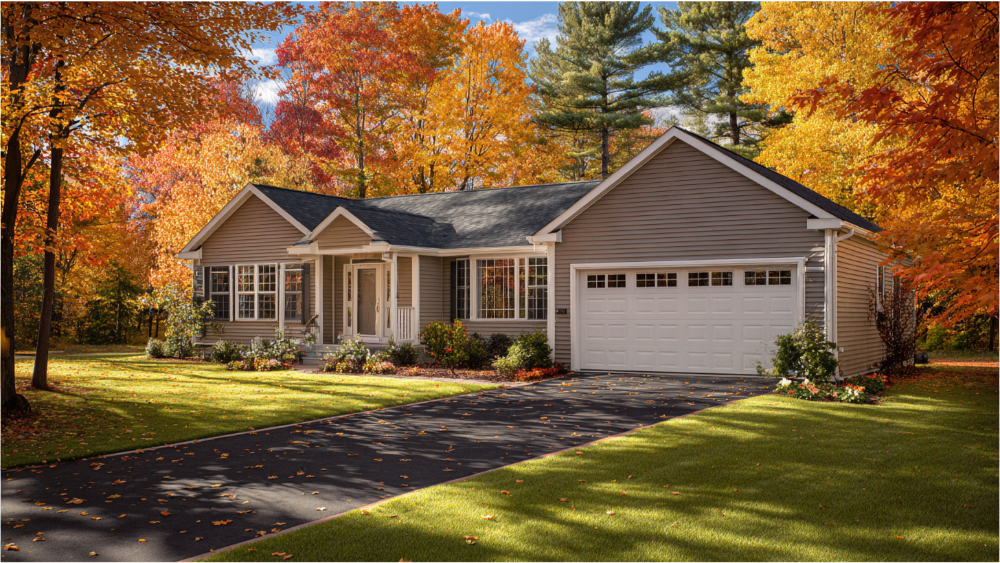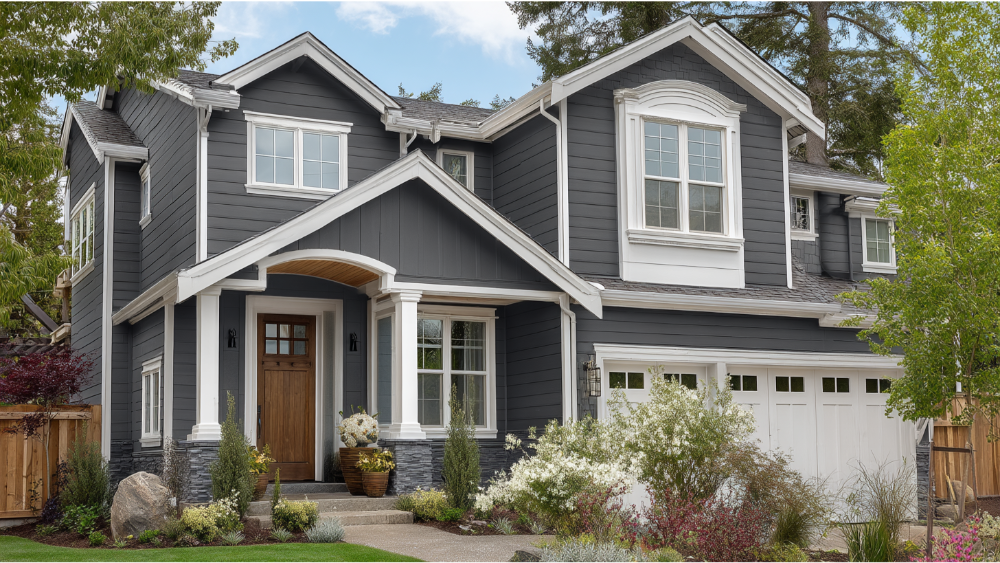Does Aluminum Siding Int...
- Mon to Fri: 09:00 am to 07:00 pm

What Does the Code on Vinyl Siding Mean? When you’re thinking about new siding for your house, you probably focus on design, color, and durability. There’s another important thing to consider, often overlooked, the printed or stamped codes on the back of each vinyl siding panel. At first glance, these numbers and letters may seem like random manufacturing information and technical stuff. In reality, they’re packed with meaning.
As a siding company committed to transparency and craftsmanship, we at Pro Superior Construction believe every homeowner deserves to understand what these codes mean, and why they matter. In this blog post, we’ll bring clarity to these codes, cover where to find them, and link how they can help protect your investment long after the installation is complete.
This guide is intended to share our recommendations, adding value so you can make an informed decision.

Every piece of certified vinyl siding includes some form of code on the back or near the nail hem. These codes can include:
Many people interact with these codes at different points during a siding project:
ASTM D3679 is the primary performance standard for rigid vinyl siding used in residential and commercial spaces. It was developed by ASTM International and lays out the baseline requirements for physical strength, weather resistance and color retention.
Siding certified to this standard has been independently tested to withstand:
At Pro Superior Construction, we only install siding that complies with ASTM D3679. It’s our way of ensuring your home’s exterior is built to last and up to code.
Installing uncertified siding might seem cheaper upfront, but it can lead to issues like warping, cracking, fading, and failed inspections.
The good news? ASTM D3679-certified siding has you covered. It’s one of the best ways to make sure you’re investing in a material that won’t just look good but also function properly over time. Potential buyers and inspectors often look for certifications as a point of confidence.

The Vinyl Siding Institute (VSI) offers a third-party Certified Product Program (CPP) that goes beyond ASTM requirements.
To earn VSI certification, a manufacturer must:
When your siding includes a VSI code, you know it has passed industry-leading quality standards. This means:
Most siding manufacturers stamp or print the VSI code directly on the back of each panel. It’s often located near the top edge or nail strip. If your siding is already installed, you might need to search extra panels stored in your garage, or consult your installer if documentation was provided.
This code might look small, but it plays a big role in the post-installation phase of your siding journey. It’s one of those helpful little things that can save you stress and money years down the line.
The ICC Evaluation Service provides independent reports, called ESRs, confirm whether a product meets the International Residential Code (IRC) or International Building Code (IBC). For vinyl siding, these reports can support claims related to fire resistance, structural integrity, or environmental performance.
In cities like Rocklin, Roseville, or close-knit Bay Area communities, building departments are known for rigorous inspections. If your siding doesn’t come with the right documentation, like an ESR, it might fail review, delaying your project or triggering costly rework.

One of the biggest benefits of understanding siding codes is how much they can help in the future. If a storm damages part of your cladding, those codes can help match exact profiles and colors. Without the code, you may have to settle for close, but not perfect, replacements. If you’re submitting a warranty claim, you’ll likely be asked for the product code as part of your paperwork.
Remember: saving your siding codes is a simple but smart move that can prevent bigger headaches later.
Discount or imported siding that lacks certification codes can be tempting from a price perspective, but it’s a risky purchase. It may not meet fire or impact standards, and won’t be covered by warranties or approvals. Worse, it could lead to failure during inspections.
When it comes time to sell your house, buyers will ask about recent upgrades. If you can show documentation for ASTM-certified, VSI-verified siding, you instantly improve your home’s value and appeal.

A professional vinyl siding company should do more than nail panels to your wall. They should help guide you through the selection process, provide documentation, and install products according to the latest codes. Ask them:
Using the right product is one thing, installing it correctly is another. Poor workmanship can lead to warping, water infiltration, or code violations. Our team is factory-trained and certified to ensure everything is installed by the book, backed by warranties, and built to last.
It’s typically printed or embossed on the back of each panel, near the nail hem or top edge. If siding has already been installed, check leftover materials or ask your contractor for help locating it.
No. Certification happens during manufacturing. A knowledgeable company can help you identify the code and verify compliance based on what’s already on your home.
Not exactly. While there are industry standards, every brand has its own way of formatting product codes. This is why it helps to work with a company that understands how to interpret them correctly.
In many cases, yes. Especially in areas with stricter code enforcement like Sacramento or the East Bay.
Reading a vinyl siding code might not be the first thing you think of when upgrading your home, but it should be part of the discussion.
At Pro Superior Construction, we provide top-rated siding services backed by trusted tools and honest service. We’ve proudly helped thousands of homeowners across Northern California design stronger, more beautiful homes.
Need help decoding your current siding or planning a compliant upgrade? Contact us today through our website or in the comments. We’re happy to help.